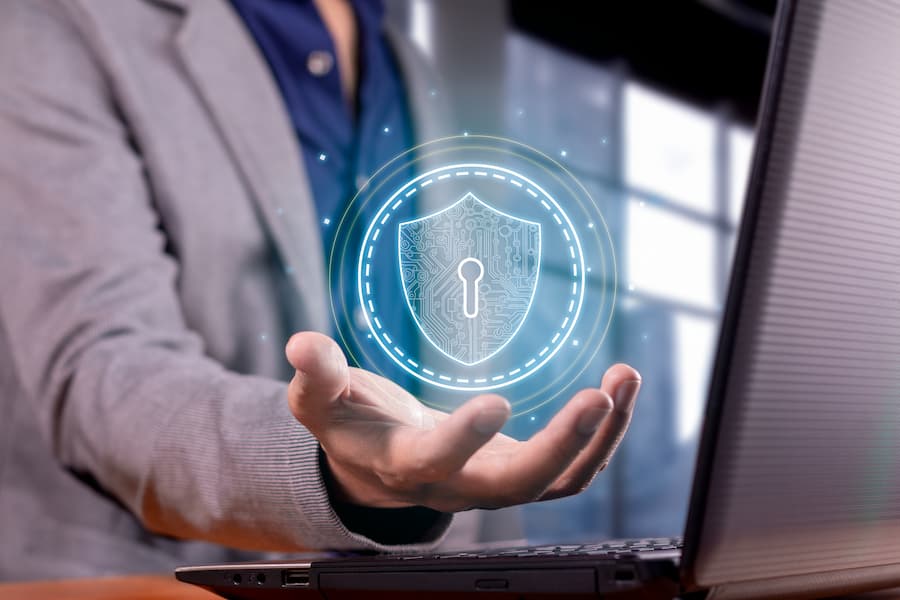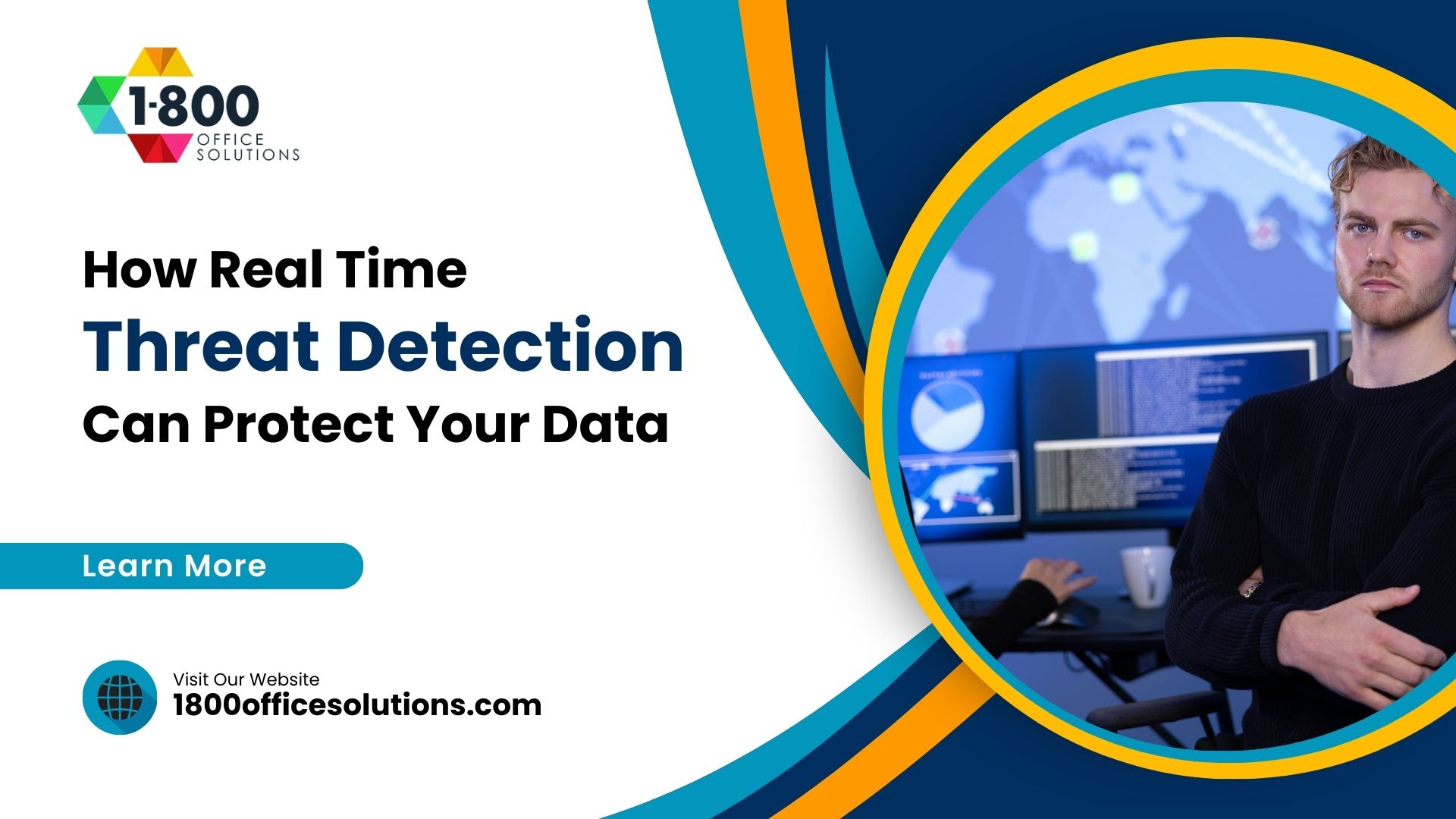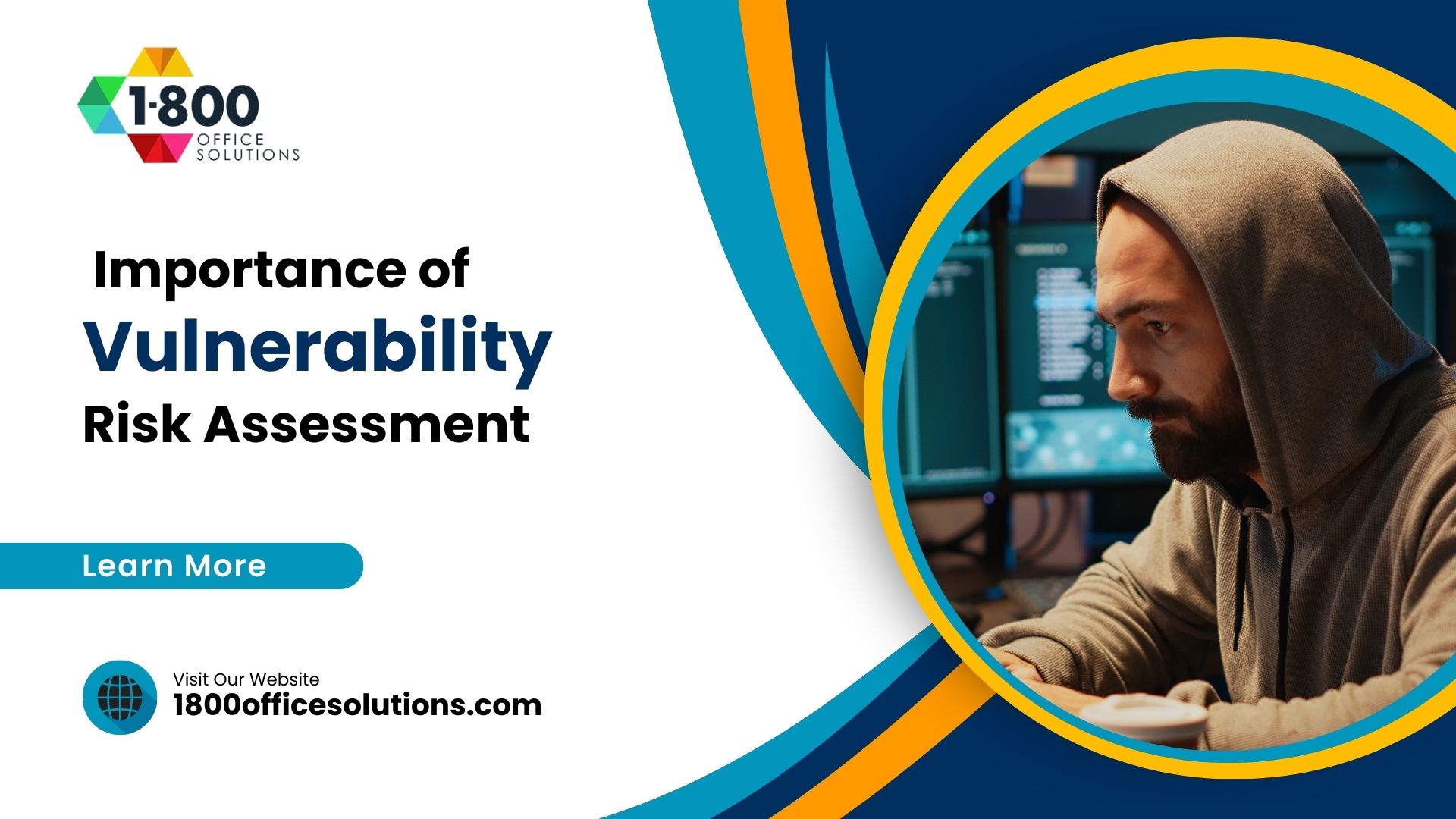Top Cybersecurity Strategies Every Business Should Know
Cybersecurity Strategies
Safeguarding sensitive data and critical infrastructure has never been more crucial. Cybersecurity, often referred to as cyber security or cyber, involves protecting systems, networks, and programs from digital attacks. These attacks are usually aimed at accessing, changing, or destroying sensitive information, extorting money from users, or interrupting normal business processes.
The threat landscape is vast and continually evolving, encompassing threats such as malware, phishing, and ransomware. Malware is malicious software designed to cause damage to a computer, server, or network. Phishing is an attack that attempts to trick users into giving away sensitive information. Ransomware is a type of malware that threatens to publish the victim’s data or perpetually block access to it unless a ransom is paid. These threats highlight the importance of implementing a robust security strategy.
To counter these cyber threats, businesses must adopt comprehensive cybersecurity strategies. This article will delve into various strategies, including risk assessment, developing and implementing security policies, technical defenses, data protection, and incident response planning. Each of these components plays a vital role in creating a resilient cybersecurity framework.
Understanding Cybersecurity Threats
Common Cybersecurity Threats
Cybersecurity threats are constantly evolving, making it essential for businesses to understand and recognize them. Malware is one of the most prevalent threats, including viruses, worms, and trojans. These malicious programs can wreak havoc on systems, leading to significant data breaches and financial losses.
Phishing attacks deceive individuals into providing personal information, often through seemingly legitimate emails or websites. For instance, an employee might receive an email appearing to be from a trusted source, prompting them to click on a malicious link. Ransomware is another severe threat, encrypting data and demanding payment for its release. These common threats highlight the need for comprehensive cybersecurity measures.
Emerging Cybersecurity Threats
As technology advances, so do the methods employed by cybercriminals. Zero-day exploits, which target undiscovered vulnerabilities, pose significant risks. These attacks can bypass traditional security measures, causing extensive damage before a fix is developed.
AI-driven attacks represent another emerging threat. Cybercriminals use artificial intelligence to enhance the effectiveness of their attacks, making them harder to detect and mitigate. Therefore, staying updated on these threats is paramount for maintaining robust cybersecurity. Keeping abreast of the latest threat landscape developments is crucial for businesses to proactively defend their systems.
Developing a Cybersecurity Strategy
Risk Assessment and Management
The foundation of a strong cybersecurity strategy lies in thorough risk assessment and management. The first step is identifying potential risks by analyzing your organization’s assets, vulnerabilities, and threats. This process involves evaluating critical assets, such as customer data, intellectual property, and critical infrastructure.
Next, prioritize these risks based on their potential impact and likelihood. For instance, a vulnerability in a system that processes financial transactions might be deemed high-risk due to the potential financial and reputational damage. Mitigating these risks involves implementing appropriate controls and continuously monitoring for new threats.
In addition, regular risk assessments help ensure your security strategy remains effective. As new threats emerge, reassess and adjust your strategy accordingly. A proactive approach to risk management is vital for protecting your organization in the dynamic landscape of cyberspace.
Creating a Cybersecurity Policy
An effective cybersecurity policy is essential for establishing security protocols and procedures within an organization. This policy should outline the roles and responsibilities of employees, specify acceptable use policies for company resources, and detail incident response procedures.
Key elements of a cybersecurity policy include password management guidelines, data encryption requirements, and protocols for handling sensitive data. For instance, enforcing strong password policies and requiring regular updates can significantly enhance security. In addition, the policy should mandate regular training sessions to keep employees informed about the latest threats and best practices.
Policy enforcement is crucial to its success. Regular audits and compliance checks ensure that all employees adhere to the established protocols. Moreover, the policy should be reviewed and updated regularly to adapt to the evolving cyber threat landscape. By doing so, businesses can maintain a robust defense against cyberattacks.
Implementing Technical Defenses
Firewalls and Antivirus Software
Firewalls and antivirus software are fundamental components of any cybersecurity strategy. Firewalls act as a barrier between your internal network and external threats, monitoring and controlling incoming and outgoing network traffic based on predetermined security rules. Antivirus software detects and removes malicious software, preventing it from compromising your systems.
Businesses should invest in reputable firewall solutions and regularly update their antivirus software to protect against the latest threats. These tools are essential for safeguarding your network and data from unauthorized access and malicious attacks.
Network Security Measures
In addition to firewalls and antivirus software, implementing network security measures is crucial. Network segmentation involves dividing your network into smaller segments, each with its own security controls. This approach limits the spread of an attack, containing it to a specific segment.
Intrusion detection systems (IDS) and intrusion prevention systems (IPS) monitor network traffic for suspicious activity and respond accordingly. Secure Wi-Fi networks and Virtual Private Networks (VPNs) are also vital for protecting data transmitted over the internet. These measures help create a multi-layered defense strategy, ensuring comprehensive protection for your network.
Endpoint Security
Endpoint security focuses on protecting individual devices that connect to your network, such as laptops, smartphones, and tablets. Implementing endpoint protection solutions, like Endpoint Detection and Response (EDR) tools, helps identify and mitigate threats at the device level.
EDR tools continuously monitor endpoints for suspicious activity, allowing for quick detection and response to potential threats. By securing endpoints, businesses can prevent cybercriminals from gaining access to their network through compromised devices, enhancing overall cybersecurity.
Data Protection and Encryption
Data Encryption Methods
Data encryption is a crucial component of any cybersecurity strategy. It ensures that sensitive information is unreadable to unauthorized users. There are two primary types of encryption: symmetric and asymmetric.
Symmetric encryption uses the same key for both encryption and decryption. This method is efficient and fast, making it ideal for encrypting large volumes of data. However, the challenge lies in securely sharing the key.
Asymmetric encryption, on the other hand, uses two keys – a public key for encryption and a private key for decryption. This approach is more secure as the private key is never shared. However, it is slower than symmetric encryption, making it suitable for smaller amounts of data.
Best practices for data encryption include using strong encryption algorithms, regularly updating encryption keys, and encrypting data both at rest and in transit. By following these practices, businesses can significantly enhance their data protection measures.
Secure Data Backup Strategies
Regular data backups are essential for safeguarding against data breaches and system failures. They ensure that critical information can be restored in the event of a cyberattack or hardware malfunction.
Businesses should adopt a 3-2-1 backup strategy: keep three copies of data, store them on two different types of media, and maintain one offsite copy. This approach ensures data availability even if one backup is compromised.
Recommended backup solutions include cloud storage, which provides scalability and ease of access, and physical backups like external hard drives for additional security. Implementing automated backup schedules and regularly testing backup integrity are also vital. These strategies ensure data can be quickly restored, minimizing downtime and data loss.
Employee Training and Awareness
Importance of Cybersecurity Training
Employees are often the first line of defense against cyberattacks. Therefore, cybersecurity training is critical. It educates employees on identifying and responding to potential threats, thus reducing the risk of human error.
Common training topics include recognizing phishing attempts, understanding the importance of password security, and following best practices for data protection. For instance, employees should be trained to avoid clicking on suspicious links and to use strong, unique passwords for different accounts.
A well-trained workforce can significantly enhance an organization’s cybersecurity posture. Regular training sessions and updates on emerging threats ensure employees remain vigilant and informed about the latest cyber threats.
Implementing a Training Program
Creating an effective training program involves several key steps. First, assess the current level of cybersecurity awareness among employees. This helps identify knowledge gaps and areas that need improvement.
Next, develop a comprehensive training plan that covers essential topics and incorporates various learning methods, such as workshops, online courses, and simulated phishing attacks.
Finally, ensure continuous learning by providing regular updates and refresher courses. Encourage a culture of cybersecurity awareness where employees feel responsible for protecting the organization’s data. By doing so, businesses can build a strong defense against cybersecurity threats.
Incident Response Planning
Creating an Incident Response Plan
An effective incident response plan is crucial for managing cybersecurity incidents. It outlines the procedures to follow when a security breach occurs, ensuring a coordinated and efficient response.
Key components of an incident response plan include:
- Preparation: Establishing a response team and defining roles and responsibilities.
- Identification: Detecting and confirming the occurrence of an incident.
- Containment: Isolating affected systems to prevent further damage.
- Eradication: Removing the cause of the incident.
- Recovery: Restoring systems to normal operation and verifying their integrity.
- Lessons Learned: Reviewing the incident to identify areas for improvement.
Assign specific roles to team members to ensure clear communication and swift action. For instance, one person might handle communication with stakeholders, while another focuses on technical remediation. By having a well-defined plan, businesses can mitigate the impact of cyber incidents and recover more quickly.
Conducting Incident Response Drills
Regular drills and simulations are essential for maintaining an effective incident response plan. They help teams practice their response procedures and identify any weaknesses in the plan.
To conduct an effective drill, create realistic scenarios that reflect potential threats your organization might face. For example, simulate a ransomware attack to test your team’s ability to contain and eradicate the threat.
After the drill, conduct a debrief to discuss what went well and what could be improved. Regularly updating your incident response plan based on these drills ensures your team is prepared to handle real incidents efficiently.
Continuous Monitoring and Improvement
Monitoring Tools and Techniques
Continuous monitoring is vital for maintaining robust cybersecurity. Tools like Security Information and Event Management (SIEM) systems and log management solutions provide real-time visibility into network activity.
These tools help detect anomalies and potential threats early, allowing for swift action to mitigate risks. Real-time monitoring is crucial for identifying security incidents before they escalate.
Implementing these tools and regularly reviewing monitoring data helps businesses stay ahead of emerging threats and ensure the ongoing security of their systems.
Regular Security Audits and Assessments
Conducting regular security audits is essential for identifying vulnerabilities and ensuring compliance with security standards. Audits involve reviewing security policies, procedures, and controls to ensure they are effective and up-to-date.
Third-party security assessments provide an unbiased evaluation of your security posture. These assessments can uncover hidden weaknesses and provide recommendations for improvement. Regular audits and assessments help maintain a strong security posture and ensure compliance with regulatory requirements.
Regulatory Compliance and Standards
Key Cybersecurity Regulations
Businesses must comply with various cybersecurity regulations to protect sensitive information and avoid legal penalties. Important regulations include the General Data Protection Regulation (GDPR) and the Health Insurance Portability and Accountability Act (HIPAA).
Understanding these regulations and their impact on your business is crucial for developing an effective cybersecurity strategy that meets legal requirements.
Implementing Compliance Measures
Ensuring compliance with cybersecurity regulations involves several steps. First, conduct a thorough assessment to identify the regulatory requirements applicable to your business.
Next, implement the necessary security measures to meet these requirements. This might include data encryption, access controls, and regular security audits. Additionally, document your compliance efforts to provide evidence during regulatory inspections.
Complying with regulations not only helps avoid legal penalties but also enhances your business’s reputation for protecting customer data. It demonstrates a commitment to security and builds trust with clients and stakeholders.
What People May Also Ask
What is the most common cybersecurity threat to businesses?
The most common threat is phishing, where attackers trick individuals into revealing sensitive information. It’s prevalent because it targets human vulnerabilities.
How often should we update our cybersecurity policy?
It’s recommended to update your policy at least annually or whenever there are significant changes in your business operations or the threat landscape.
What are the benefits of conducting regular security audits?
Regular audits help identify vulnerabilities, ensure compliance with regulations, and enhance your overall cybersecurity posture. They provide insights into areas that need improvement.
How can we ensure our employees are following cybersecurity best practices?
Regular cybersecurity training and awareness programs are key. Also, enforce security policies and conduct periodic assessments to ensure compliance.
What should be included in an incident response plan?
An effective plan should include preparation, identification, containment, eradication, recovery, and lessons learned. Assign specific roles and responsibilities to ensure clear communication and swift action.
Conclusion
In conclusion, having robust cybersecurity strategies is essential for protecting your business in today’s digital world. From understanding and mitigating threats to implementing technical defenses and training employees, each component plays a critical role in safeguarding sensitive data.
Staying proactive and vigilant in your cybersecurity efforts is vital. By continuously monitoring, conducting regular audits, and updating your policies, you can stay ahead of cyber threats. Remember, a strong cybersecurity posture not only protects your business but also builds trust with your clients and stakeholders.













